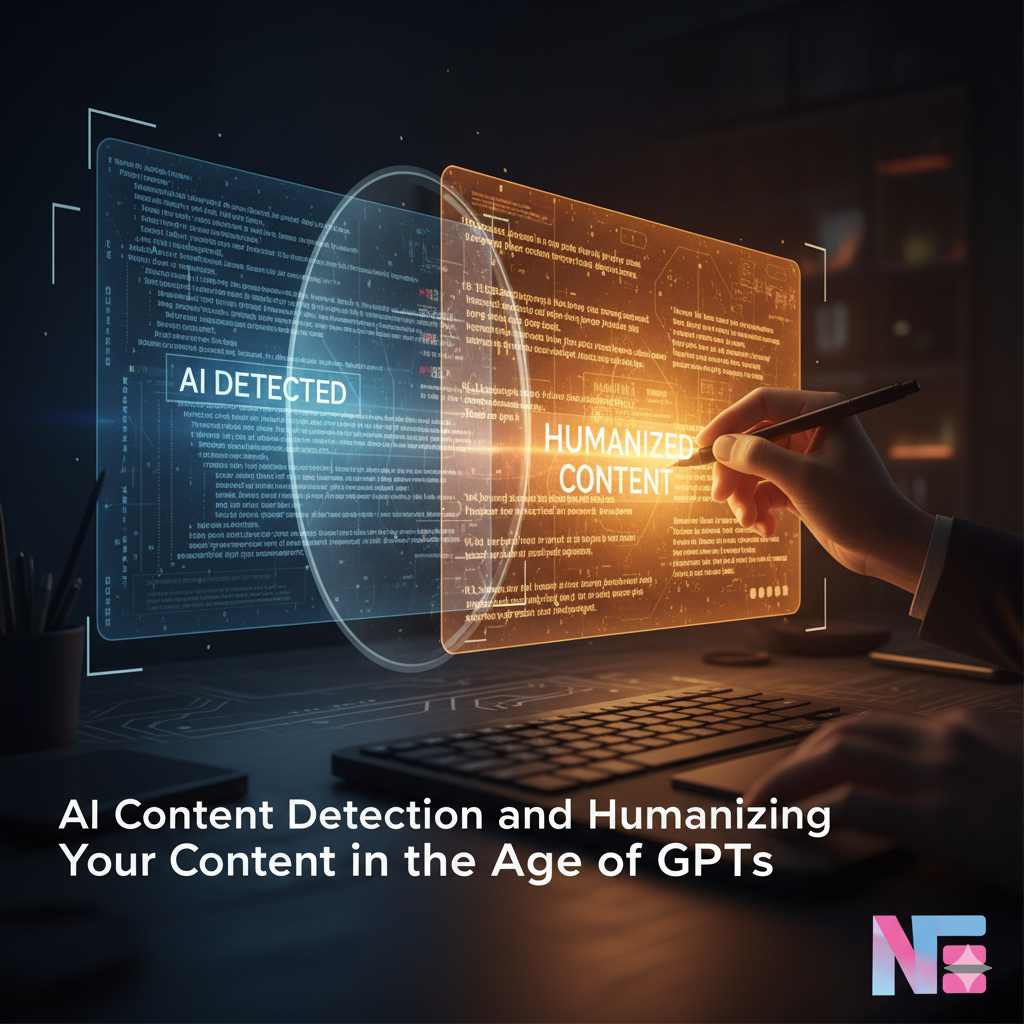Artificial intelligence has changed the way we create, distribute, and consume content. Tools like GPT-4 and GPT-5 can now produce blog posts, emails, and even ad copy at lightning speed. While this has opened new possibilities for efficiency and creativity, it has also raised concerns about originality, authenticity, and trust.
This is where AI content detection comes into play. Platforms, publishers, and even search engines are becoming increasingly vigilant about spotting machine-generated text. At the same time, brands and creators must ensure their content feels authentic, relatable, and—most importantly—human.
In this article, we’ll explore how AI content detection works, why it matters, and strategies to humanize your content in the age of GPTs.
What Is AI Content Detection?
AI content detection is the process of analyzing text to determine whether it was generated by a machine (like GPT models) or a human. Detection tools use algorithms that evaluate patterns such as:
- Sentence structure and syntax – AI often creates text that’s grammatically perfect but overly uniform.
- Repetitive phrasing – Machines can unknowingly reuse patterns or “favorite” phrases.
- Perplexity and burstiness – Human writing usually contains a mix of complex and simple sentences, while AI tends to be more even.
- Predictability – AI-generated text can sometimes be too logical or too polished, lacking the subtle quirks of human expression.
While no detection tool is flawless, these systems aim to identify content that doesn’t “feel” human.
Why AI Content Detection Matters
The rise of GPTs has sparked debates about originality, plagiarism, and the integrity of digital publishing. Here’s why AI detection is important:
- Academic Integrity – Schools and universities want to ensure that essays and research papers reflect student effort.
- SEO & Search Engines – Search platforms like Google value original, high-quality content. If AI-generated text dominates without human oversight, it risks being flagged or devalued.
- Brand Trust – Audiences crave authenticity. Over-reliance on robotic text can make content feel soulless, damaging brand reputation.
- Legal & Ethical Concerns – Industries like journalism and healthcare face heightened scrutiny around the source and reliability of published information.
Humanizing Content in the Age of GPTs
AI can be a powerful ally, but it shouldn’t replace human creativity. To stand out and build trust, your content needs a distinctly human touch. Here’s how to achieve that:
1. Add Personal Experience and Stories
AI can mimic tone, but it can’t replicate your lived experiences. Incorporate anecdotes, client case studies, or lessons learned to create content that detection tools—and readers—recognize as authentic.
2. Vary Sentence Length and Style
Avoid overly polished, uniform structures. Blend short punchy sentences with longer, flowing explanations to mirror natural human rhythm.
3. Inject Emotion and Opinion
Machines are logical; humans are emotional. Show empathy, use humor, and take a stance. This makes your content more relatable and less likely to sound AI-generated.
4. Use Nuanced Formatting
Bullet points, rhetorical questions, and conversational transitions add natural complexity. For example: “Have you ever noticed how some blog posts just sound… flat? That’s often the giveaway of AI.”
5. Edit with a Human Voice in Mind
Even if you use AI to draft content, human editing is essential. Refine phrasing, ensure consistency with your brand voice, and add the creative flair AI often misses.
Balancing AI Efficiency with Human Authenticity
The truth is, AI isn’t going away. In fact, it’s becoming an indispensable tool for marketers, writers, and businesses. The challenge isn’t avoiding AI—it’s learning how to blend machine efficiency with human authenticity.
Use GPTs for brainstorming, drafting, or speeding up repetitive tasks, but never skip the human touch. By layering personal insights, emotional depth, and brand voice on top of AI assistance, you’ll produce content that passes detection tests and resonates deeply with your audience.
Final Thoughts
We are entering an era where readers, educators, and platforms will increasingly question the origin of digital content. AI content detection is becoming more sophisticated, but so too are the strategies for humanizing machine-assisted writing.


